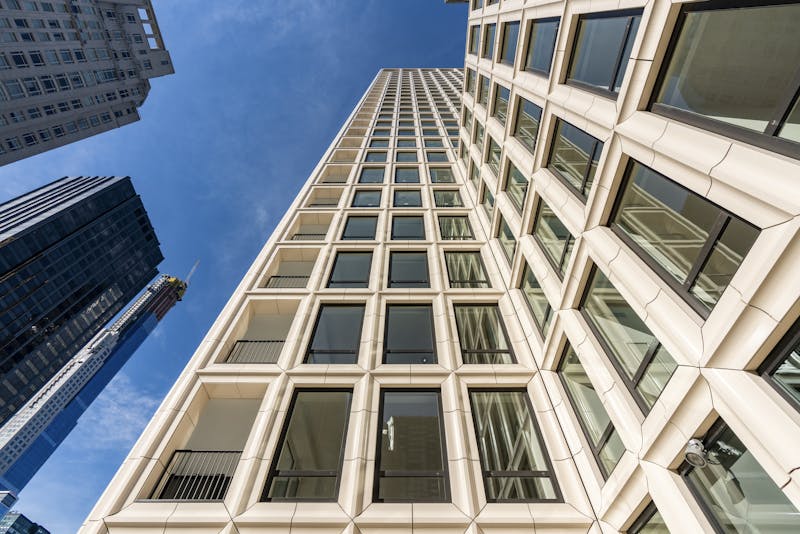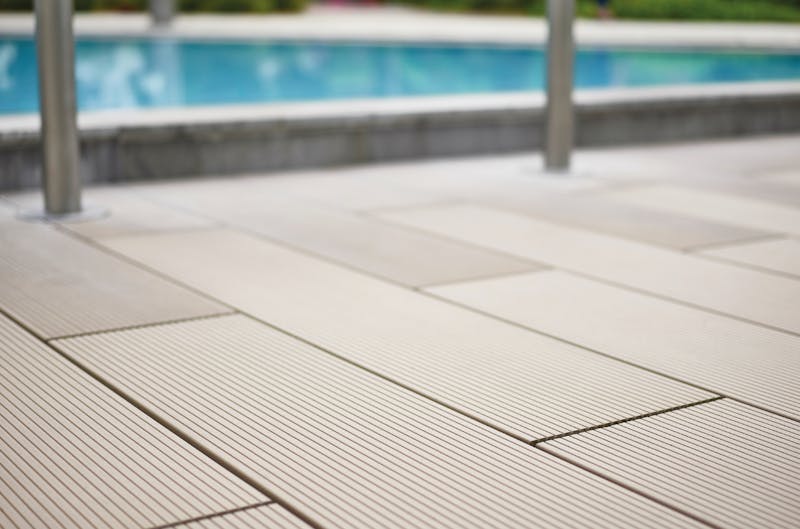Rainscreen Principle In Urban Environments: Achieving Building Envelope Resilience

- Blog
- 11/08/2023
- Shildan Group
Blog post by Shildan Group
Introduction
When constructing and designing buildings, ensuring the building envelope stands strong against natural elements while maintaining thermal performance and visual appeal is critical. As a rising strategy for improving this protective layer, rainscreens have emerged as a valuable solution to preserve the building's structural integrity and enhance its longevity. The rainscreen principle stands out as a practical and design-centric solution that meets these demands, guaranteeing our cities are composed of structures that remain sturdy and efficient for generations to come.
As climate change persists, architects and builders must cultivate and implement solutions to strengthen building resilience and resource efficiency. In this context, the strategic usage of this principle represents a critical and invaluable step toward securing a sustainable and enduring urban infrastructure.
1865 Broadway; Architect: Skidmore, Owings & Merrill | Photo: Sinziana Velicescu/Shildan Group
28&7 at 322-326 7th Ave; Architect: Skidmore, Owings & Merrill | Photo: Michael Young, New York YIMBY
LaGuardia Community College; Architect: Mitchell/Giurgola Architects | Photo: Sinziana Velicescu/Shildan Group
- Download Image

- Download Image

- Download Image

The Essence of Rainscreen
The rainscreen principle centers on a simple yet effective approach for protecting the building envelope from water damage. The system defends the underlying structure from dampness even during harsh weather conditions by employing a cladding layer and an air cavity. Since the rainscreen repels most rainwater and drains away whatever enters, the building's substrate isn't exposed.
In addition to safeguarding the building from heavy rain, the rainscreen system also dries moisture that could otherwise penetrate the outer layer by facilitating air movement within the cavity. With its quick water elimination process, this system significantly reduces the risk of water damage to the structure.
The Role of Rainscreens in Urban Settings
Urban buildings can face fluctuating temperatures, heavy rainfall, and strong winds. This combination puts pressure on the building envelope, resulting in water intrusion, heat loss, and structural problems.
Integrating this principle provides a crucial shield against these factors and helps maintain the building's structural stability over time. By minimizing the amount of moisture that reaches the main structure, the rainscreen system also reduces the building's maintenance expenses and extends its lifespan.
Energy Efficiency and Indoor Comfort Optimization
Beyond protecting against external elements, this principle enhances a building's energy efficiency. The air gap's ventilation contributes to temperature regulation by removing hot air during warmer months and acting as an insulative barrier during colder ones. These adjustments profoundly enhance a building's overall energy performance, ultimately leading to cost-effective energy consumption.
An energy-efficient building establishes a comfortable indoor atmosphere for its occupants as the rainscreen system stabilizes internal temperatures and prevents moisture accumulation, the improved indoor air quality results in a healthier and more pleasant environment throughout the structure.
Design Flexibility and Aesthetic Adaptations
The rainscreen system caters to both functional and aesthetic aspects of construction. Architects can choose from a range of materials for the outer cladding, such as terracotta, wood, metal, glass, or stone, each offering its distinct visual features.
With various design options available, architects can create visually engaging buildings that employ rainscreens that effortlessly blend into the fabric of urban environments. As a result, the technique finds itself widely applicable across various urban structures, including residential buildings, commercial facilities, public institutions, and educational campuses.
Promoting Sustainability and Enhancing Resilience
Embracing the rainscreen principle corresponds with the growing emphasis on sustainable construction and resource management, thanks to the system's energy efficiency. Essentially, buildings equipped with rainscreen envelopes lessen environmental impact and contribute to the fight against climate change.
Additionally, incorporating the rainscreen system into a building increases its resilience, a vital characteristic to fortify it against the consequences of climate change. By shielding the main structure from weather events and ensuring long-term energy efficiency, rainscreens are critical in constructing urban buildings that endure the ravages of time and climate change.




